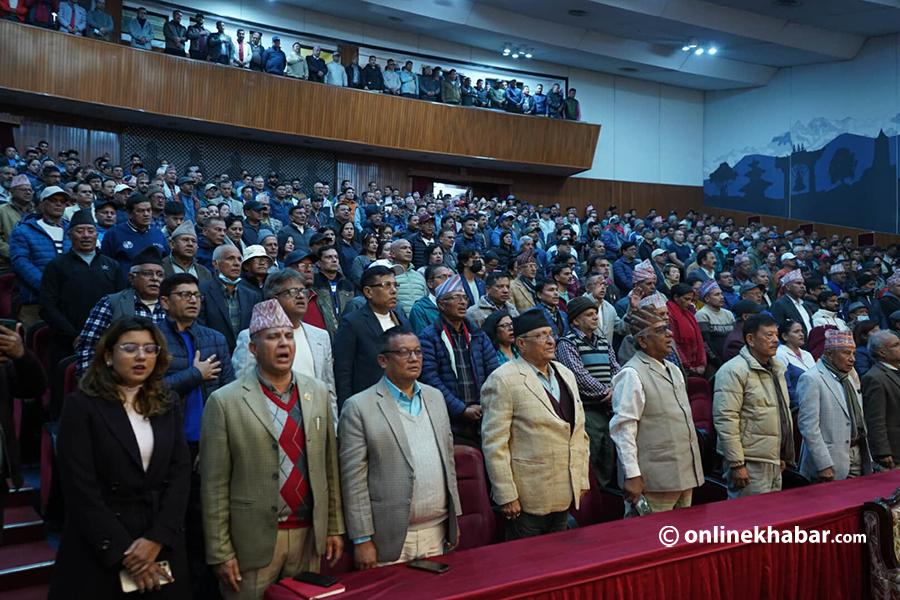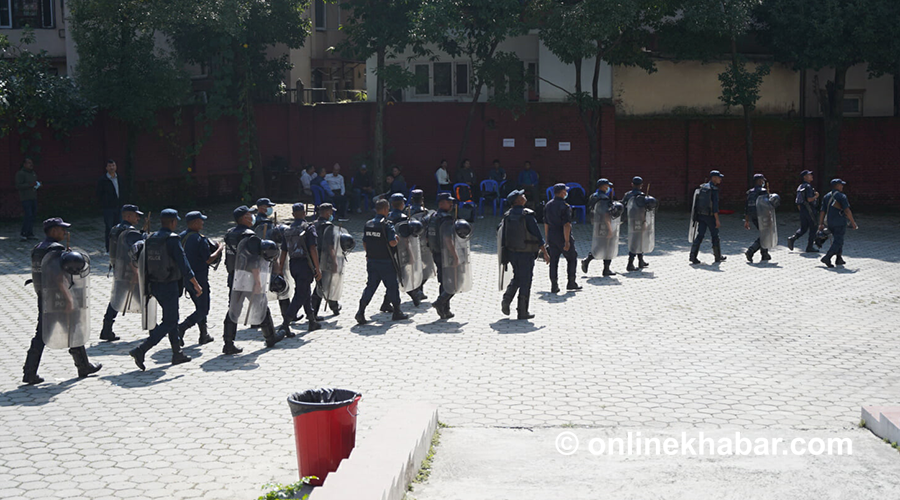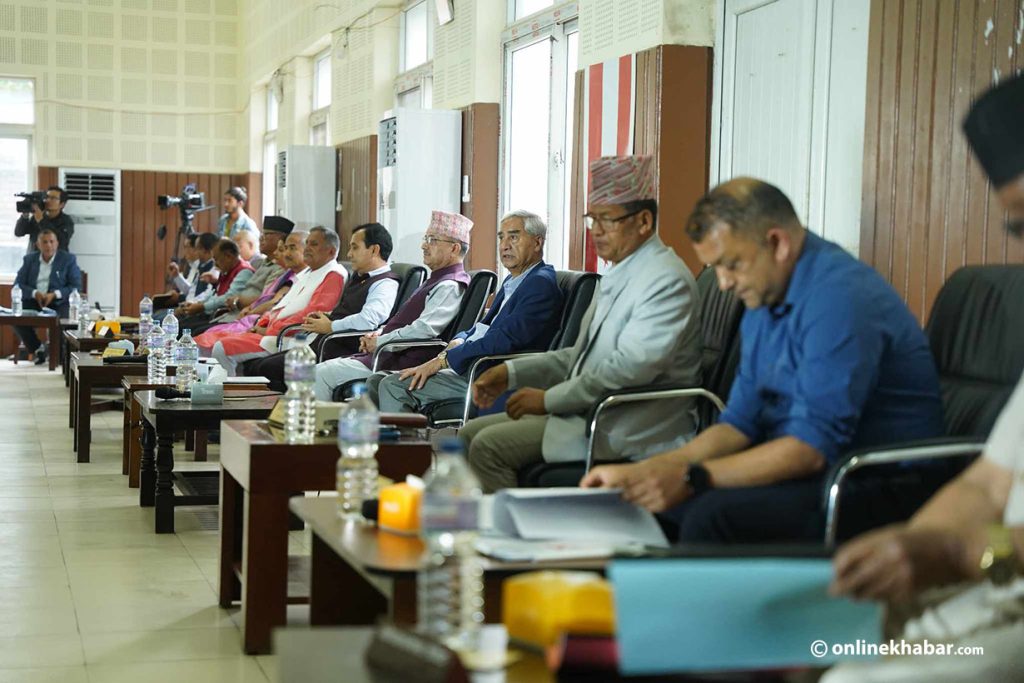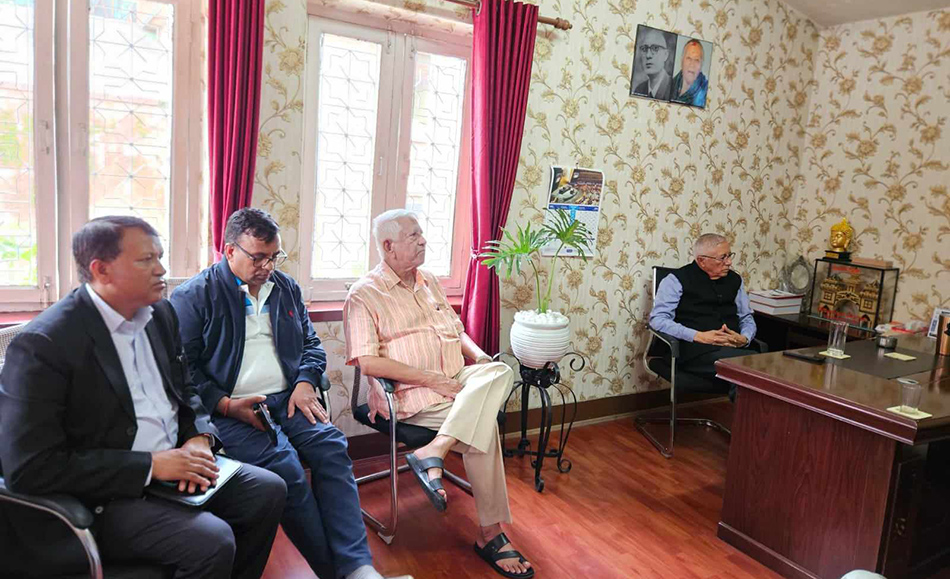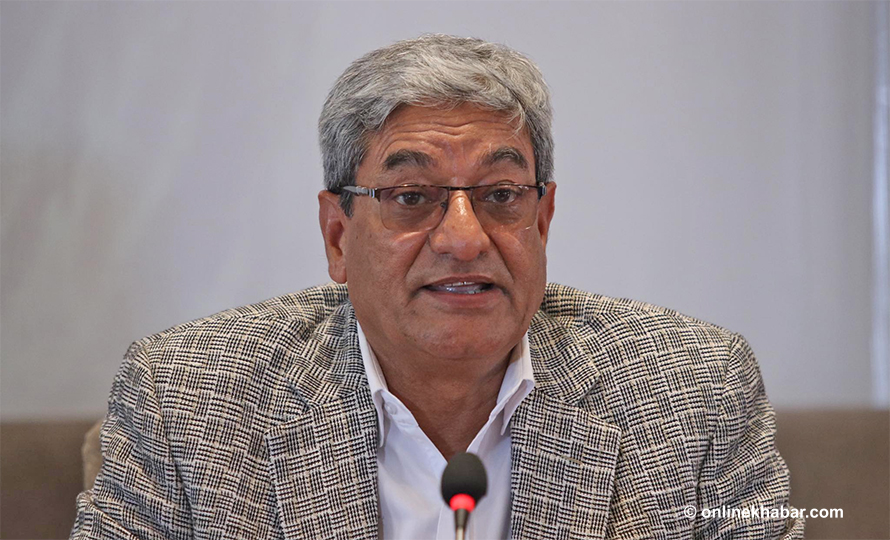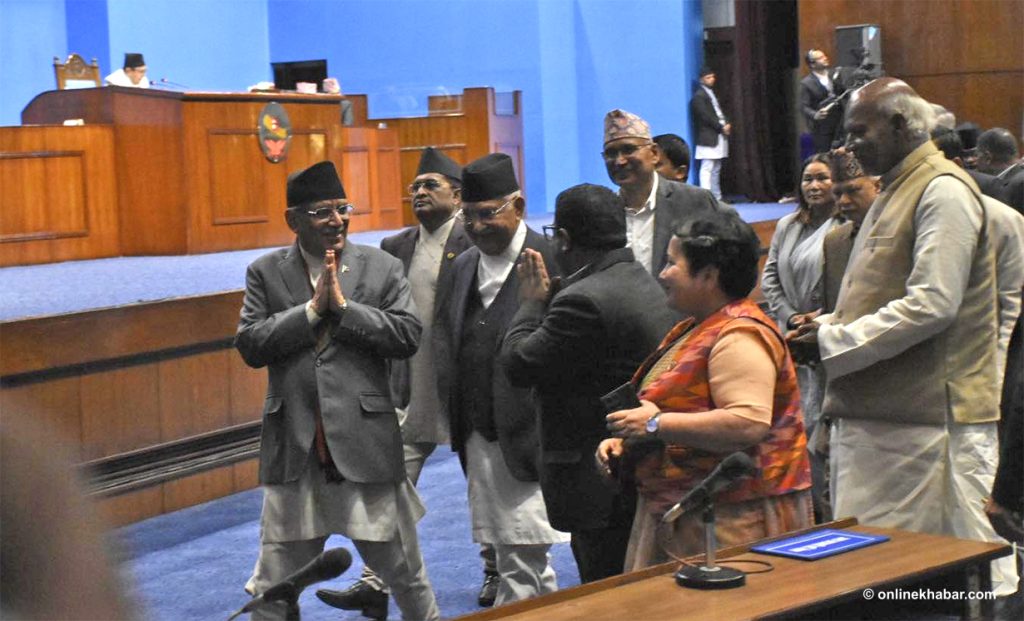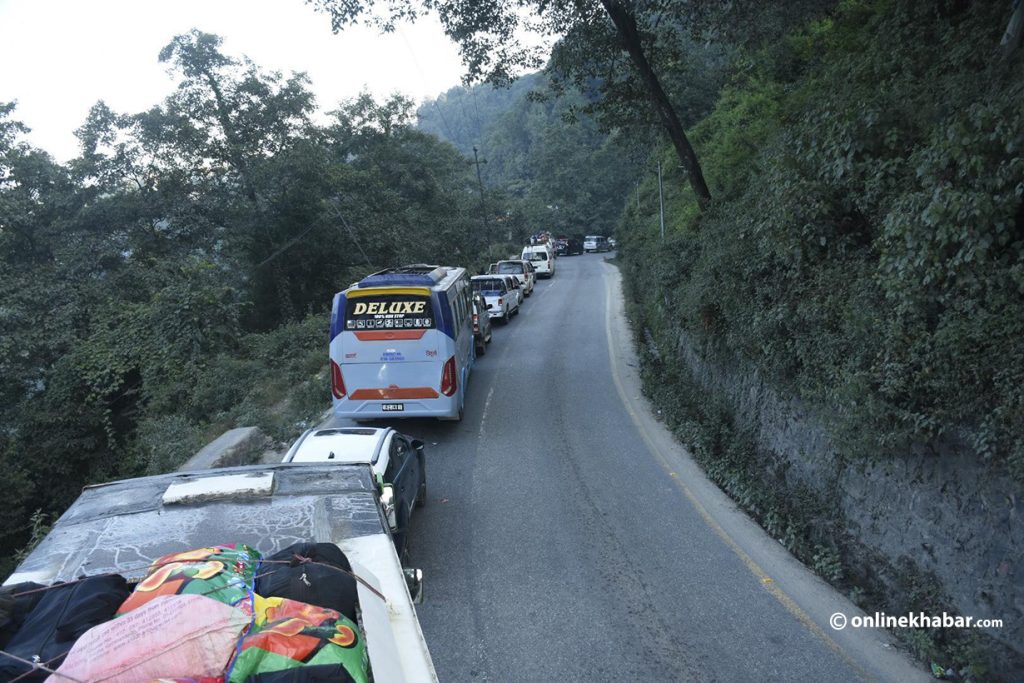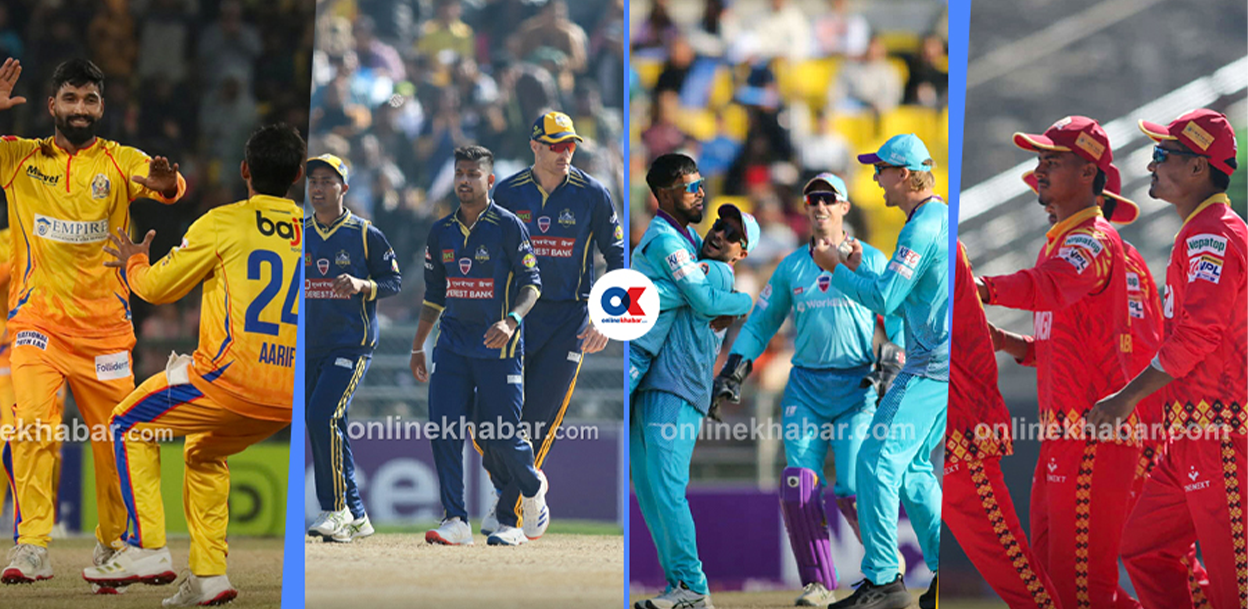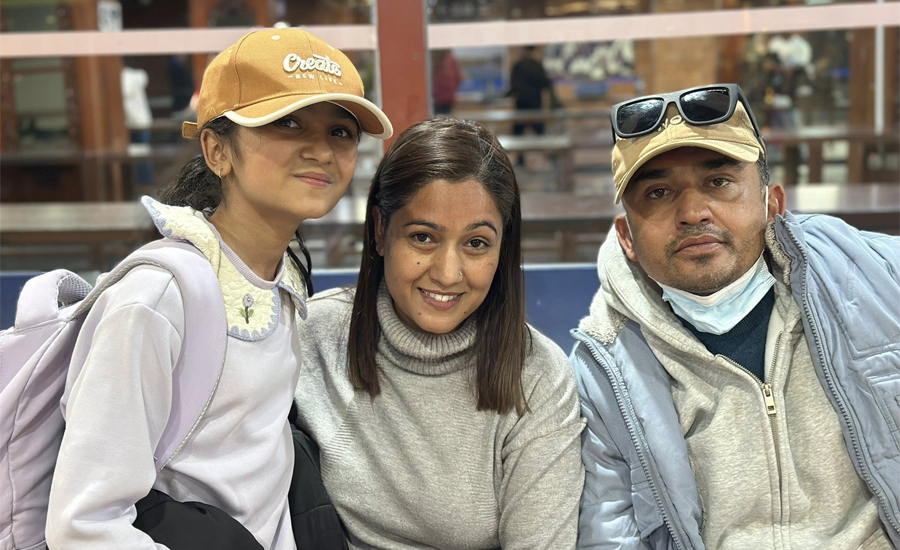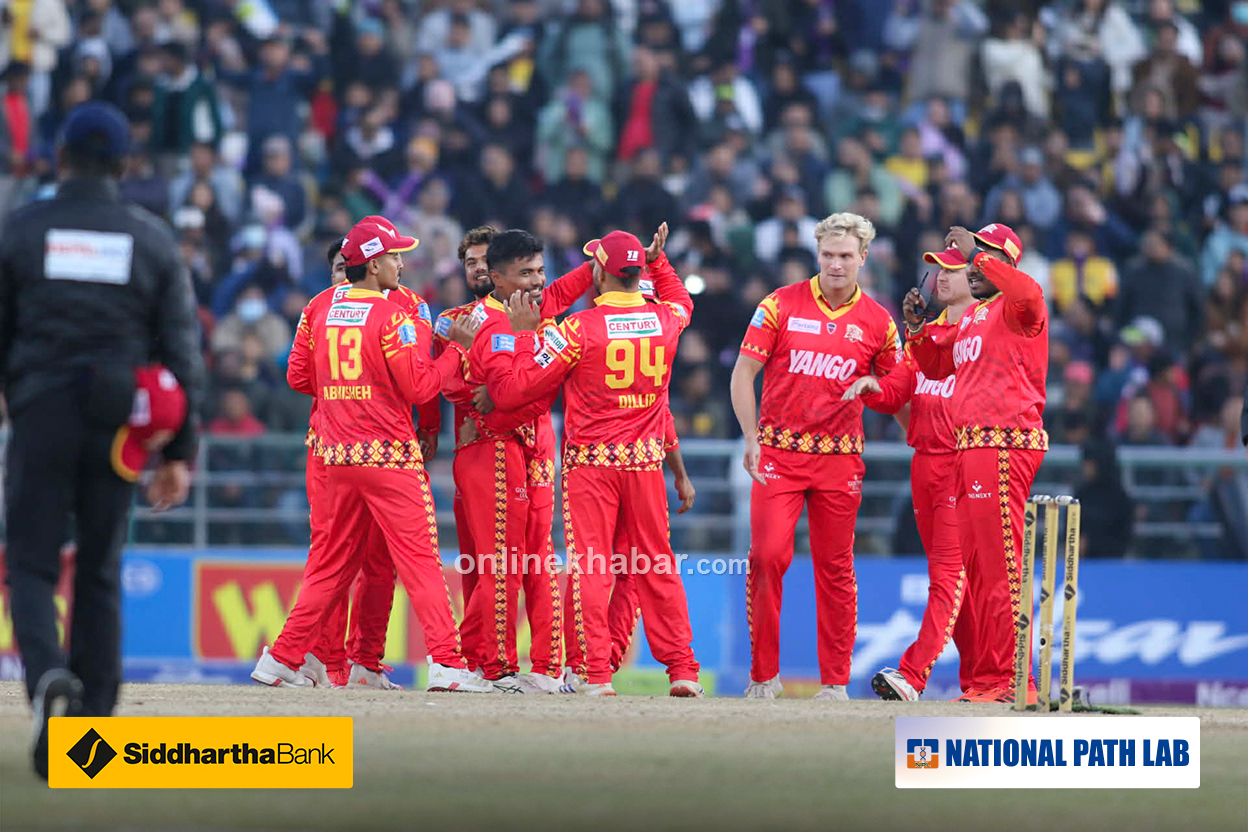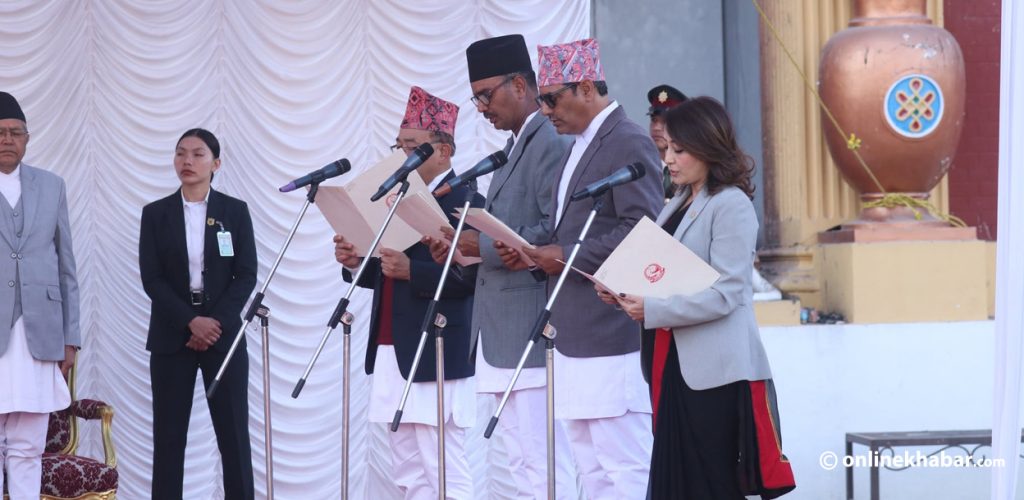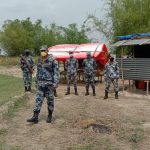Major leftist parties’ decision to form an alliance for the upcoming elections has become the most-discussed issue in opinion pages of major English and Nepali broadsheet dailies and online news portals in Kathmandu on Thursday.
Analysts and commentators have expressed both hope and fear over the likely unification among the parties, whereas a section of writers still doubt if they are really going ahead with the planned merger after the elections.
Hopes and fears from the leftist alliance

Hari Adhikari in his lead article for Nagarik says the alliance will be fruitful for the parties involved, although sustainability of the project and the intention of the parties involved are two unresolved questions. “Though the claims and assurances delivered by leaders of the new alliance sound genuine on the surface, the whole development of events point towards colossal hypocrisy and a bundle of illusions,” he writes. He argues that on a positive note, this alliance will raise the alarm for the Nepali Congress to revive its organisation.
“To get rid of ill practices prevalent in the national politics, a clear division between democratic and non-democratic forces is a must,” he says.
Angaraj Timilsina in Kantipur, also questions the sustainability of the alliance and suggests that the parties make reach consensus on who leads the government after the polls and takes the development agendas forward. Of course, the parties can change the government leadership after two years, but the coalition should remain intact, he suggests.
Chandrakishore for the same newspaper warns that the country’s problems remain as they are if the alliance members of the alliance just seek to hold state powers.
Ameet Dhakal, in Setopati, also analyses the possible negative consequences of the leftist unification. Discussing the developments that led to the decision to unify the parties, he points out that the unified party can win a two-third majority in federal parliamentary elections. However, he also fears the parties may develop various differences of opinions till they get unified after the elections scheduled for November 26 and December 7. Likewise, the UML and the Maoist Centre have to work hard to iron out their ideological differences and manage organisational structures.
“Forming a unified communist party is a big project and its challenges are even bigger.”
Medical negligence: Challenges and solutions
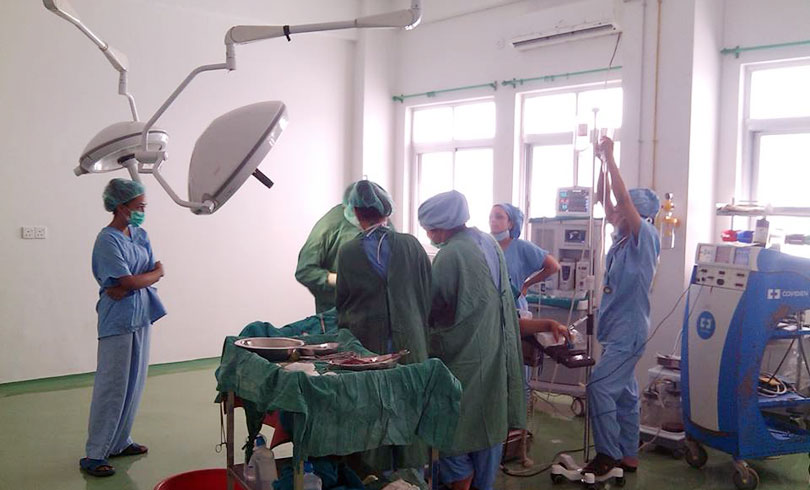
With a recent decision of the government to formulate a new law to make doctors responsible for negligence during medical treatment, scholars have aligned themselves on two sides of the debate.
In this context, Dr Ramesh Parajuli, who has a PhD in medical negligence law, writes in Kantipur that Nepal also needs a law to define roles and responsibilities as well as negligence of medical doctors is a must. He argues in favour of the government’s preparation to make doctors liable for negligence and says doctors can also be charged with criminal offence in some situations. He suggests that the government and stakeholders take health sector as a service, not a business and the sector be kept free from political intervention.
Amod Pyakuryal, a US-based medical sociology teacher, however, argues against the government decision in his piece for The Kathmandu Post and says, “This move certainly appears to be more of a knee-jerk reaction to appease certain groups than to establish a system. It looks like the government is attempting to wash its hands of the responsibility instead of understanding the root cause and establishing an appropriate protocol.”
However, he also agrees that, “…There is no option to having well thought out legal provisions and policies that protect both patients and doctors. Patients have to feel that the law will protect them if things go wrong.”
“But who determines that?”
The EPG in the muddle
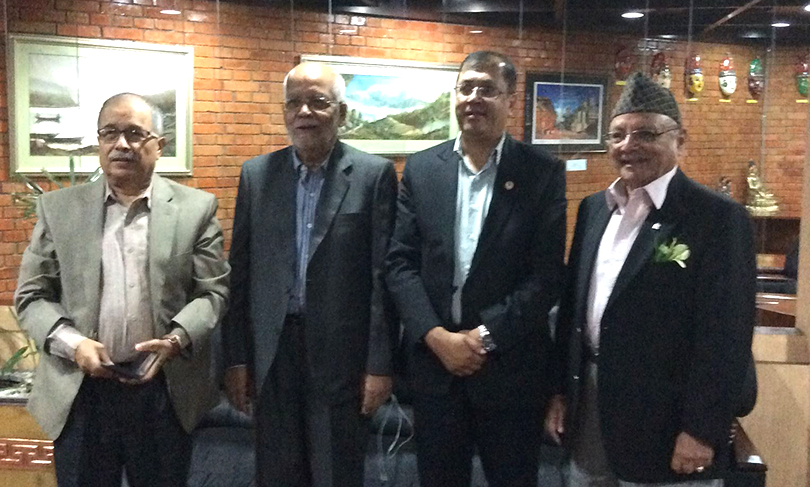
Biswas Baral, in his lead article for Republica, analyses problems faced by the Eminent Persons’ Group on Nepal-India Relations formed around two years ago and suggests solutions to meet its objectives concretely.
As the four members from each side of the group begin a meeting in Kathmandu this weekend, Baral suggests that political leaderships of both the countries become serious about objectives of the bilateral body they have formed and extend to them necessary support. He argues that the EPG has failed to make concrete progress in any of the agendas because of lack of political consensus within Nepal on revising bilateral treaties.
Pointing out that suggestions extended by the EPG are not binding, he argues that the political leadership itself should get involved in resolving the issues, “It is becoming increasingly clear that substantive issues related to the 1950 treaty can be settled only through extensive political engagement.”




